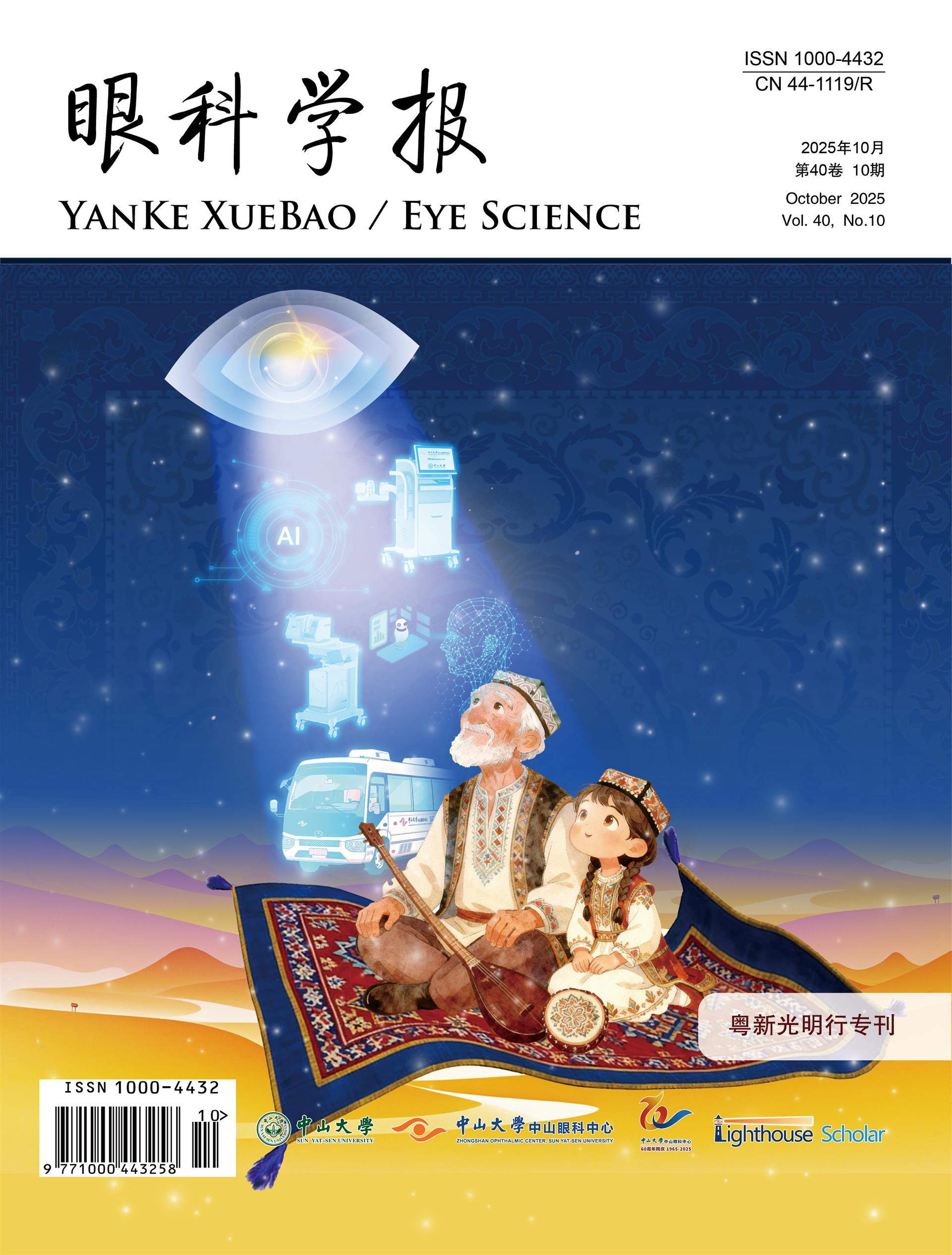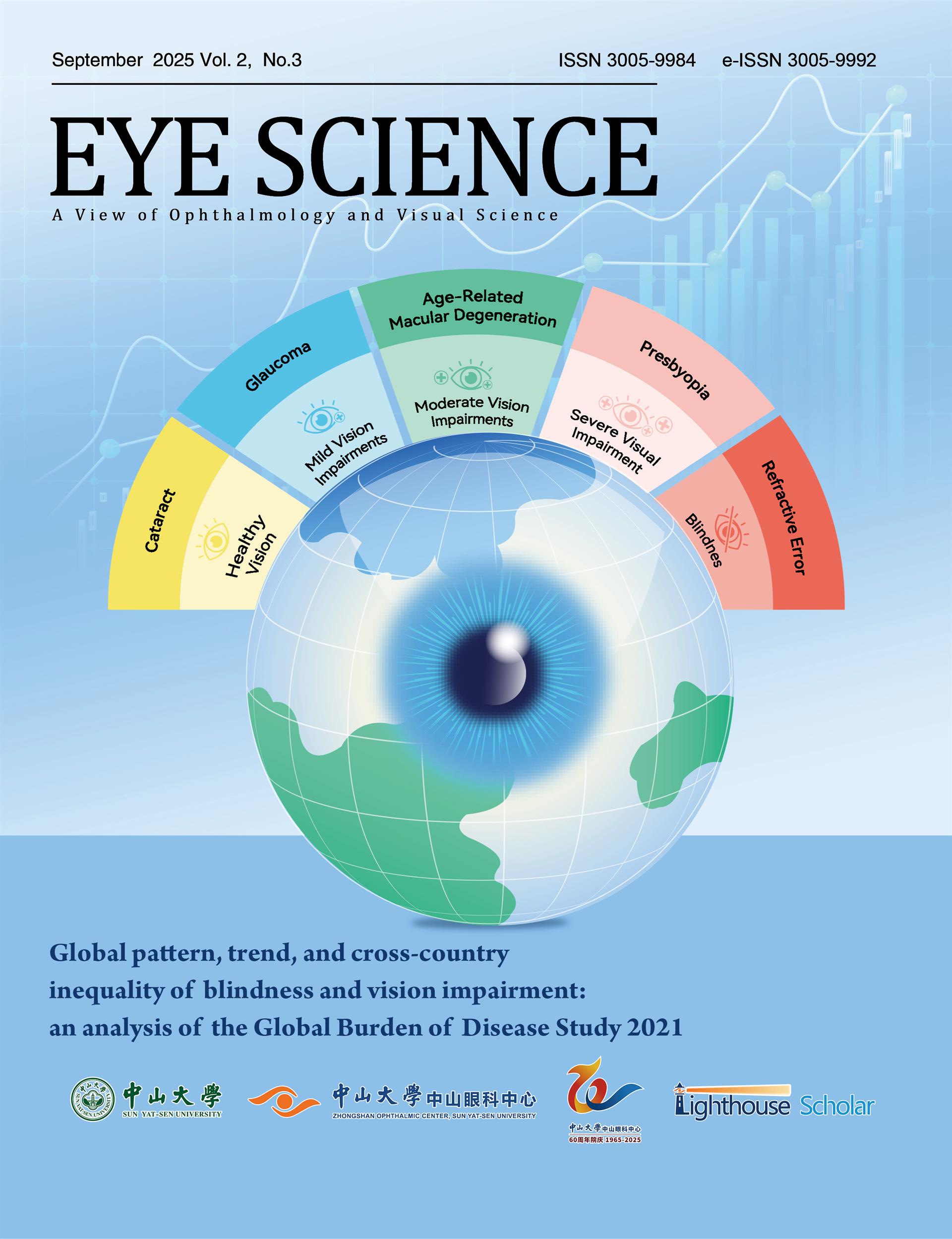Aims: To assess the real-world distribution of uncorrected near visual acuity (UCNVA) in patients with highly myopic cataract ,as well as the associated refraction outcomes after cataract surgery. Methods: We conducted a cross-sectional study that included patients who had an axial length (AL) ≥26 mm in at least one eye and had undergone phacoemulsification with monofocal intraocular lens implantation. Three months or later after surgery, UCNVA was measured at a distance of 40 cm using a LogMAR ETDRS near visual acuity tumbling E chart. Other examinations carried out included non-cycloplegic autorefraction and measurement of best-corrected distance visual acuity (BCDVA). Multiple logistic regression was performed to identify the risk factors for near visual impairment (UCNVA < 20/40). Results: A total of 664 patients (664 eyes) were included in the study. The mean AL was 29.05±2.31 mm, and the postoperative spherical equivalent was -2.51±1.12D. Among these eyes, 319 eyes (48.04%) had a UCNVA of ≥ 20/40 and 518 eyes (78.01%) had a BCDVA ≥ 20/40. The risk factors for a UCNVA of less than 20/40 included postoperative astigmatism greater than 1D (-2 to -1D, odds ratio [OR]: 2.00, 95% confidence interval [CI]: 1.24 to 3.22; < -2D, OR: 4.27, 95% CI: 1.88 to 9.66), a postoperative spherical equivalent outside the range of -3.5 to -1.5D (OR: 4.17 to 19.73), and a BCDVA less than 20/40 (OR: 5.44, 95% CI: 3.14 to 9.42). Conclusions: To achieve an optimal UCNVA in patients with highly myopic cataract, it is recommended to set the target refraction between -3.5 and -1.5 D and to keep the postoperative residual astigmatism below 1D.

















